Video of the Week:
Coldframes and Hotbeds
Upcoming Events:
January 12, 13 & 14, 2017
St. Joseph, MO
For more information, go to http://www.greatplainsgrowersconference.org
Flowers:
Poinsettia Care

Poinsettias are somewhat finicky in regard to soil moisture. Avoid overwatering because poinsettias do not like "wet feet." On the other hand, if the plant is allowed to wilt, it will drop leaves. So how do you maintain proper moisture? Examine the potting soil daily by sticking your finger about one inch deep into the soil. If it is dry to this depth, the plant needs water. When it becomes dry to the touch, water the plant with lukewarm water until some water runs out of the drainage hole, then discard the drainage water. (Ward Upham)
Miscellaneous:
Mouse Damage to Fruit Trees/Plants
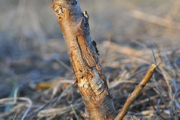
Mice like to hide in dead grass and weeds around the trees, especially close to the trunks. They will often tunnel near the soil surface and feed on the tree bark. You can check for mice by placing baited mouse traps in PVC or other pipe near your trees. Insert the traps far enough so that pets are unable to reach the trap. Check the stations about once a week and reset traps if necessary.
Mouse damage can be severe enough to kill trees that are old enough to bear fruit. Clear dead grass and weeds away from your trees and monitor for mice if you are using mulch around your fruit plants. (Ward Upham)
Using Old Garden Seed
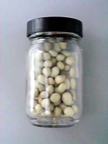
We normally consider seed will remain viable for about 3 years under cool, dark, dry, conditions though there are exceptions. For example, members of the carrot family (carrots, parsnips and parsley) are short-lived and are usually good for only 1 to 2 years.
If you are unsure of viability and have plenty of seed, there is an easy method of determining how good your seed is. Place 10 seeds on a paper towel moistened with warm water and cover with a second moistened towel. Roll up the towels and place inside a plastic bag with enough holes for air exchange but not so many that the towels dry quickly. Place the bag in a warm place such as the top of a refrigerator. Remoisten towels with warm water as needed. After the first week, check for germination. Remove sprouted seed and check again after another week. Add these numbers together to determine the percent germination. (Ward Upham)
Ornamentals:
Controlling Volunteer Trees
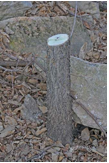
Most trees resprout after cutting though some don't. Cutting those that don't resprout is an effective control method. For example, eastern redcedar is a very common species that will not resprout after cutting. Those that do resprout include Siberian elm, hackberry, Osage orange (hedgeball), oak, ash, aspen, cottonwood, maple, sycamore, willow and many more. These trees will either need to be dug out or the cut stump treated with herbicide after cutting.
Note that when we say volunteer trees, we mean those that come from seed rather than suckers that originate from the roots of an existing tree. The recommendations given in the remainder of this article are designed to kill these volunteer trees. Using herbicides on suckers will damage and very possibly kill the original tree. Trees that commonly produce suckers include tree of heaven, honeylocust, black locust, hackberry, western soapberry, cottonwood, aspen, poplar, willow and boxelder.
It is also possible for larger trees of the same species to be root-grafted. Even though root-grafted trees are not suckers, they do share materials between the individual root systems and therefore herbicides used to treat one tree can be passed to its neighbor. Let's say we have a tree we want to control that is a volunteer and there are no other trees of the same species close enough to be root-grafted that we do not wish to harm. What do we do? If the tree is any size, you probably do not want to dig it out. That leaves using a herbicide on the cut stump. Basal treatments are also possible but that is beyond the scope of this article. First decide what herbicide to use.
Triclopyr and glyphosate are the herbicides most commonly available to homeowners. Triclopyr is found in many brush killers and glyphosate is found in Roundup as well as numerous other products. Read the label before purchasing to make sure that a cut stump treatment is listed. Most often the undiluted product is applied to the stump immediately after cutting. A paint brush is often used for the application though some people will dip their pruning shears in the products immediately before cutting. Regardless, it is important that the stump is treated immediately or at least within 5 minutes. Note that a paint brush with foam rather than bristles is less likely to drip.
Trees do not need to be actively growing to be controlled. Actually this time of year is a very good time to treat as long as applications are made when the temperature is above freezing. (Ward Upham)
Contributors: Ward Upham, Extension Associate
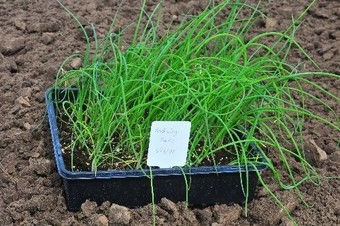
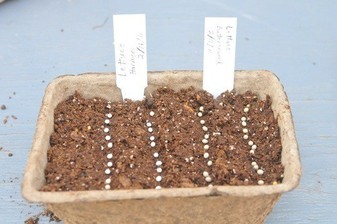
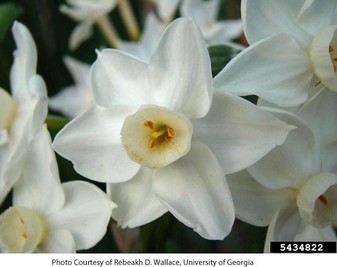
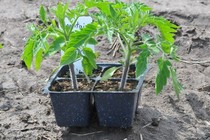
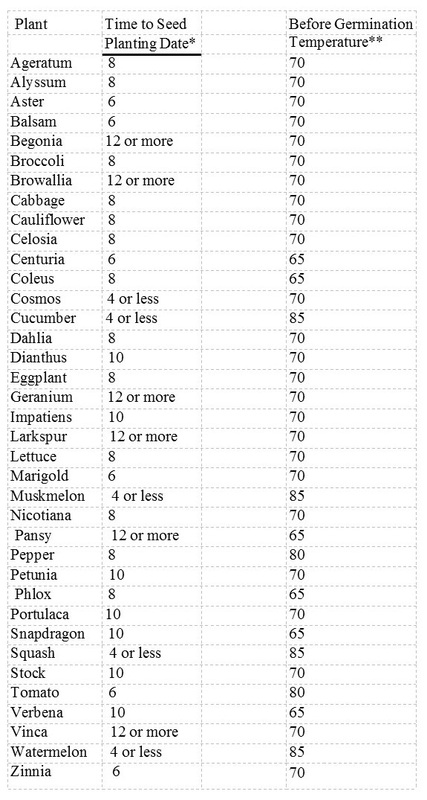

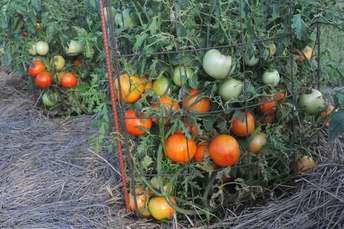
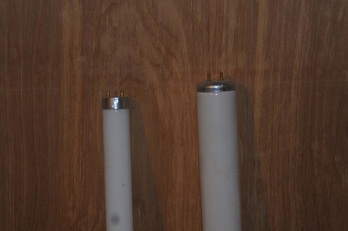
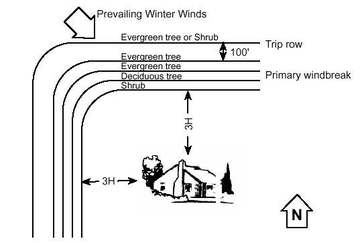
 RSS Feed
RSS Feed
